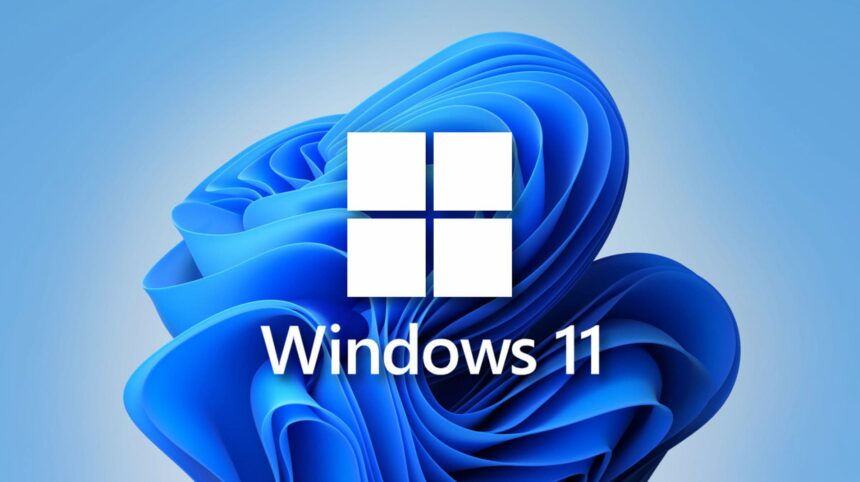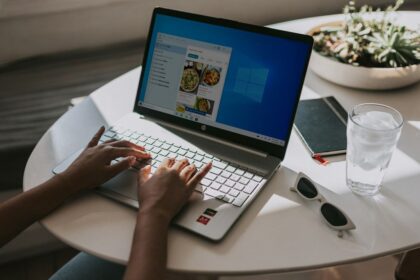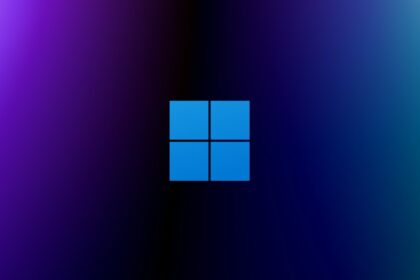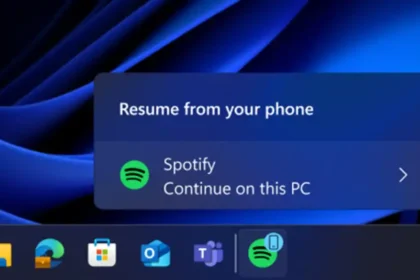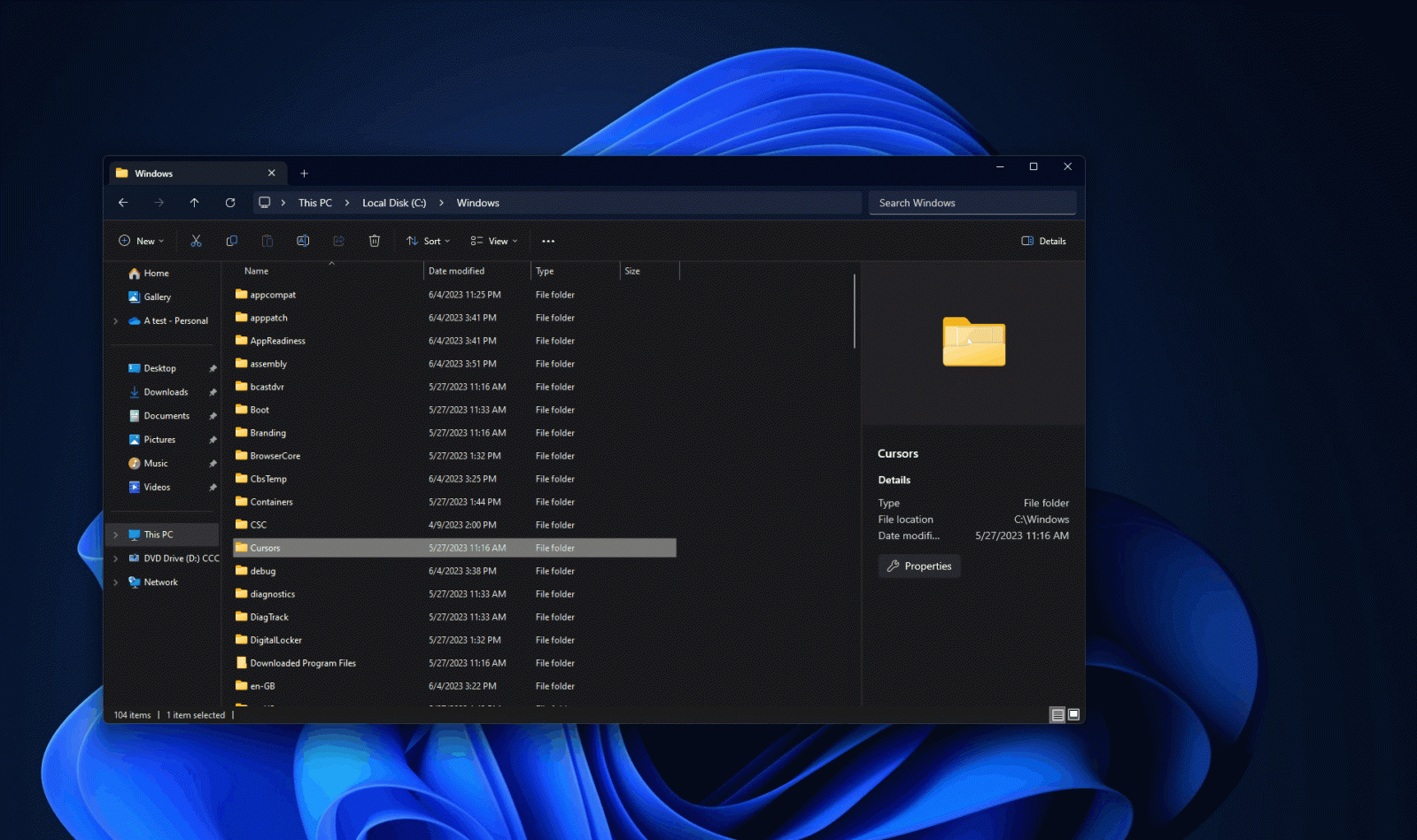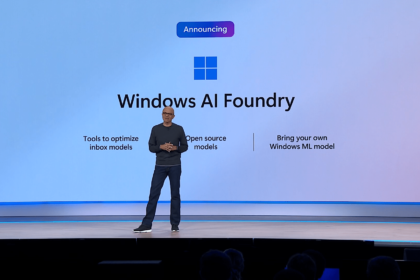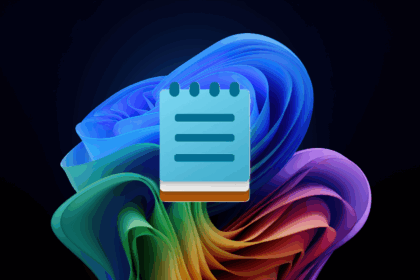Microsoft has released Windows 11 Insider Preview Build 26200.5761 (KB5064093) in the Dev Channel, and it finally begins testing a long-awaited feature: the ability to resume on your PC what you were doing on your Android phone.
For now, the rollout is limited, and Spotify is the first real example. If you pause a playlist on your phone, Windows 11 may show an alert in the taskbar; clicking it will open Spotify on the PC—installing it from the Microsoft Store if needed—and let you pick up exactly where you left off.
The feature requires the same account across devices and an active Phone Link setup (Settings → Bluetooth & devices → Mobile devices on Windows, and Link to Windows on Android).

What is behind? Continuity SDK and “Cross-Device summarize”
This capability builds on Microsoft’s Continuity SDK and a framework called Cross-Device Resume (XDR). At launch, it’s a limited-access feature requiring Microsoft’s approval, which is why it’s starting with tightly controlled scenarios like Spotify. Essentially, the phone sends “context” data about what you were doing so the PC can reopen the app natively and seamlessly.
Currently, Microsoft is only highlighting mobile → PC resume. The reverse flow (PC → mobile) hasn’t been detailed yet.
More changes from Build 26200.576
![]()
- Lock screen: new battery icon for improved readability.
- Copilot+ PCs: two-finger press gesture for contextual actions; Copilot’s results now link directly to the relevant Settings pages.
- Snapdragon devices: simplified Auto SR (Automatic Super Resolution) controls via notifications.
- Typing: new keyboard shortcuts →
Win + -for en dash,Win + Shift + -for em dash. - Sharing: option to pin favorite apps in the share window.
- Fixes: faster Settings performance, better Windows Hello reliability, optimizations for gaming with multiple overlays.
- Known issues: problems with Recall in the EEA, temporary file handling in File Explorer, and Bluetooth Xbox controller bugchecks (temporary workaround included).
Why is this important for Windows?
This feature marks a big step forward in Android–Windows integration. After years of incremental improvements through Phone Link, Microsoft is now moving closer to Apple-style continuity across devices, but with native app support instead of relying on browsers.
The next challenge is developer adoption: the more apps integrate with the Continuity SDK, the broader and more seamless this experience will become.

